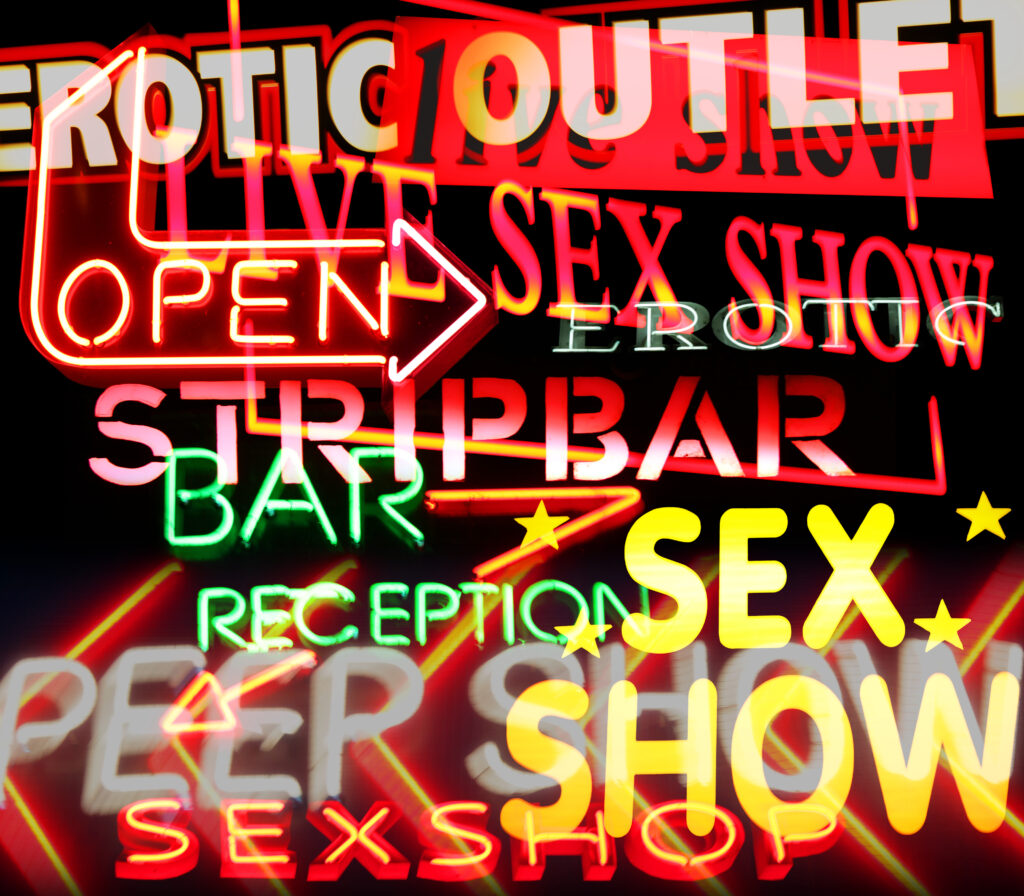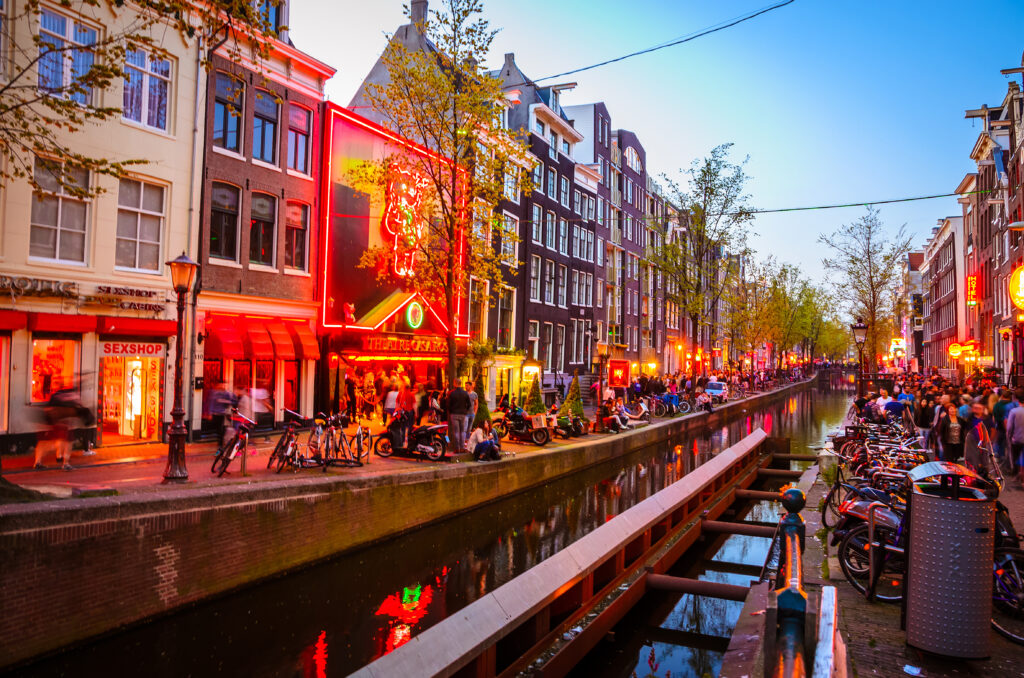
The smoking ban in the Red Light District in Amsterdam was implemented in July 2008, and it has been a controversial issue ever since. The ban prohibits smoking in all public spaces, including bars, restaurants, and coffee shops, and it also applies to the small alleys and streets that make up the Red Light District.
The smoking ban was introduced as part of a wider effort to improve public health and reduce the harm caused by secondhand smoke. The Dutch government had been considering a smoking ban for several years before it was finally implemented in the Red Light District, and it followed similar bans in other parts of the country and across Europe.
One of the main arguments in favor of the smoking ban was that it would protect the health of workers in the Red Light District, many of whom are sex workers. These workers are often exposed to secondhand smoke for extended periods, and studies have shown that this can have serious health consequences, such as an increased risk of lung cancer, heart disease, and respiratory infections.
However, the smoking ban has also been met with strong opposition from many people, including some sex workers, bar and coffee shop owners, and tourists. Many argue that the ban has had a negative impact on the tourism industry, as it has made the Red Light District less appealing to visitors who come to enjoy a coffee or a smoke in the cafes and bars.

Some critics have also argued that the ban is unfair and discriminatory, as it applies only to the Red Light District and not to other parts of the city. They point out that the ban has resulted in a loss of income for many businesses in the area, and that it has had a negative impact on the local economy.
Despite the controversy surrounding the smoking ban, it has been largely successful in achieving its primary objective of protecting public health. Studies have shown that levels of secondhand smoke in the Red Light District have decreased significantly since the ban was implemented, and the ban has also helped to raise awareness of the health risks associated with smoking.
While the smoking ban has had some negative consequences, it has also had some positive effects. For example, many bars and coffee shops in the Red Light District have adapted to the ban by providing outdoor smoking areas, and some have even expanded their menus to include non-smoking options.
In conclusion, the smoking ban in the Red Light District in Amsterdam has been a controversial issue, but it has ultimately been successful in reducing the harm caused by secondhand smoke. While it has had some negative consequences, such as a loss of income for some businesses and a decline in tourism, it has also had some positive effects, such as increased awareness of the health risks of smoking and the creation of outdoor smoking areas in some establishments.

Want to try our handmade pre-rolled cones? Reach out to us at info@eurocones.com with your details and indulge in 420 endeavors.
All payments are following the PCI-DSS requirements, supervised by the PCI Security Standards Council. PCI-DSS regulations ensure that our business and its service partners handle credit card details securely.
We deliver pre-rolled cones and filling devices all across Europe. However, we are headquartered in the Netherlands. We are offering a local pickup facility to all those who can access us in the Netherlands.
We make sure to provide smoking accessories for much less than other businesses in the market, and if you don't like your order, you can also send it back to us in 2 weeks to get another product or your cash!